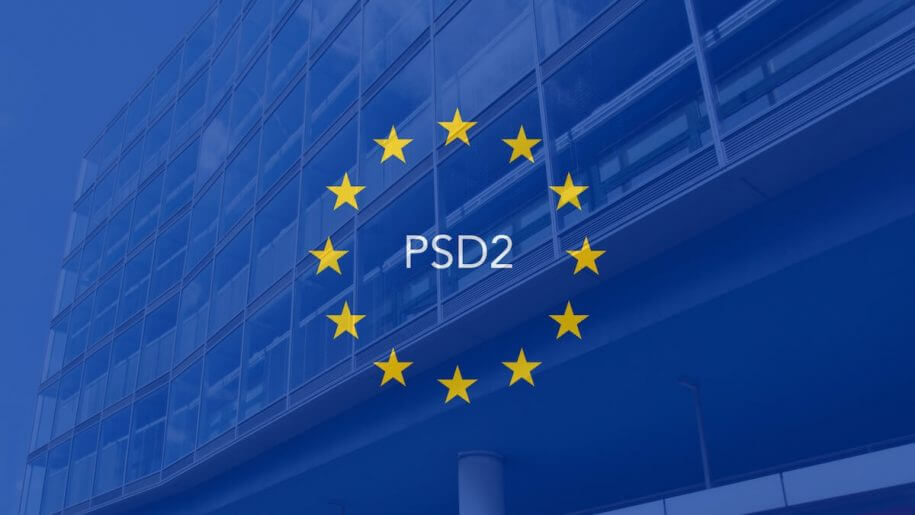What Does PSD2 Mean For You?
In our latest blog we discuss the PSD2 (Revised Payment Service Directive) regulation that came into force in January 2018.
As of April 17th 2018, organisations that have been approved by the Financial Services Authority (FSA) can offer their financial services to customers as part of Open Banking; something which represents a major change in practice to the financial services authority.
What is PSD2?
PSD2, an update of the previous Payment Services Directive, loosens the hold that banks have over their customer’s information. Known also as Open Banking, account holders are now able to use other service providers to handle aspects of their finances, whilst keeping money in their usual bank accounts.
Banks must ensure these service providers have access to all information, by opening up their Application Programme Interfaces (APIs), meaning that products can be developed around a traditional bank account. As an EU project, it is hoped that PSD2 will create a more unified approach, across borders, by opening up the market.
What changes will be brought in with PSD2?
The biggest changes inevitably come for the banks. An increase in costs and admin will be encountered, which will need to be responded to in order to comply.
They will also have to deal with Account Information Service Providers (AISPs) who will handle the access to the information of the bank’s customers, as well as the Payment Initiation Providers (PISPs) who will initiate payments for the customer.
As providers move further into the realm of dealing with customers, banks are predicted to feel pressure from the increased competition for things such as loans.
A result of this will be increased collaboration between banks and other companies, as they try to mitigate the competition. New entrants into the market are widely anticipated, who will offer a variety of services and products.
PSD2 aims to increase competition in the financial market, with the result being transparency for customers, via an increase in the information available to them. The hope is that this will then mean they consider a wider range of financial products, including possibly those from foreign institutions.
What will be the results of PSD2?
A widely predicted result is that customers will become increasingly comfortable looking at places that aren’t banks to provide some of their financial services. Technological innovations are likely to form part of these new developments. As the financial market will be opened up to newcomers, smaller providers, offering more bespoke packages, may come to the fore.
Practically, it will become easier for customers to take out financial products and pay online for good and services, as access can be given more easily to details of finances and spending history. The increased competition could also make things such as fees cheaper, as providers strive to appeal to people. Money management may become easier, as those with accounts from more than one bank are able to view both at the same time, streamlining and simplifying things.
Payments online should become easier, as opening up the data from banks will allow customers the option to move finds directly from their bank account, in a quicker and more smooth transaction that involves no extra acquirers.
While the results of PSD2 are yet to be felt, and change will be slow and steady, customers can look forward to many exciting new prospects and opportunities based around how they manage their money.
“Start your Free Quote Today!”
Call us on 01909 776532, email us at sales@card-cutters.co.uk or fill in our online contact form.


